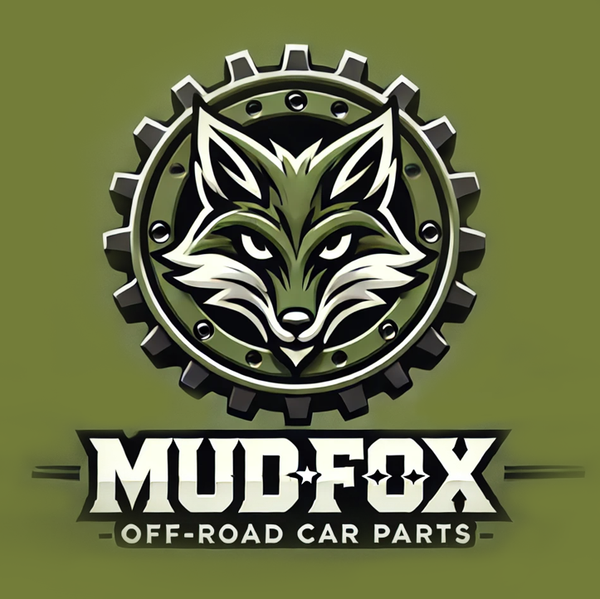How can I maintain and repair the common parts of the M151?
Share
How can I maintain and repair the common parts of the M151?
Here are some general guidelines on maintaining and repairing the common parts of the M151:
Engine Parts
- Regular Inspection: Check the engine oil level regularly and change it according to the recommended schedule. Also, inspect the oil for any signs of contamination or unusual color. For example, if the oil appears milky, it may indicate a problem with the coolant mixing with the oil, which could be due to a faulty head gasket.
- Air Filter Cleaning/Replacement: Clean or replace the air filter as needed to ensure proper air flow to the engine. A clogged air filter can reduce engine performance and fuel efficiency.
- Spark Plug Maintenance: Inspect and clean or replace spark plugs at the recommended intervals. Fouled or worn spark plugs can cause misfires and poor engine performance.
- Cooling System Check: Regularly check the coolant level in the radiator and the condition of the hoses. Look for any signs of leaks, cracks, or bulges in the hoses. If the coolant level is low, add the appropriate coolant mixture. Also, check the operation of the water pump and thermostat to ensure the engine is cooling properly1.
- Fuel System Inspection: Inspect the fuel lines, fuel filter, and carburetor (if applicable). Clean or replace the fuel filter as necessary to prevent debris from clogging the fuel system. Ensure the carburetor is functioning correctly and adjust it if needed according to the manufacturer's specifications.
Chassis Parts
- Suspension System: Inspect the suspension springs, shock absorbers, and bushings for signs of wear or damage. Look for leaks in the shock absorbers and replace them if they are no longer providing proper damping. Check the bushings for cracks or excessive play and replace as needed. Lubricate the suspension components as recommended to reduce friction and extend their life.
- Axles and Drive Shaft: Check the axles for any signs of leaks, such as oil seeping from the axle seals. Inspect the drive shaft for dents, cracks, or signs of imbalance. If any issues are found, repair or replace the affected components promptly to avoid further damage or loss of power transfer.
- Wheel Bearings: Check the wheel bearings for play and smooth rotation. Repack or replace the wheel bearings if they show signs of wear or roughness. This helps ensure proper wheel alignment and reduces the risk of wheel wobble or failure.
- Braking System: Regularly check the brake fluid level and inspect the brake lines for leaks. Inspect the brake pads or shoes for wear and replace them when they reach the minimum thickness specified by the manufacturer. Also, check the condition of the brake drums or rotors and have them machined or replaced if they are warped or scored1.
Electrical Parts
- Battery Maintenance: Keep the battery terminals clean and free of corrosion. Check the battery's charge level regularly and recharge or replace it as needed. Ensure the battery is properly secured in its compartment to prevent vibrations from damaging it.
- Wiring and Connectors: Inspect the electrical wiring for any signs of fraying, cuts, or loose connections. Repair or replace damaged wiring and ensure all connectors are tight and free of corrosion. This helps prevent electrical shorts and ensures reliable operation of the vehicle's electrical systems.
- Generator and Alternator: Check the output of the generator or alternator to ensure it is charging the battery properly. If the battery is not charging or the electrical system is experiencing issues, have the generator or alternator tested and repaired or replaced if necessary1.
Body Parts
- Exterior Inspection: Regularly wash the vehicle to remove dirt, grime, and salt, which can cause corrosion. Inspect the body for any signs of rust, dents, or scratches and address them promptly to prevent further damage. Touch up any paint chips or scratches to protect the underlying metal.
- Door and Window Maintenance: Lubricate the door hinges and latches to ensure smooth operation. Check the window seals for leaks and replace them if they are damaged or deteriorated to prevent water from entering the vehicle.
- Interior Care: Clean the interior of the vehicle regularly to remove dirt, dust, and debris. Inspect the seats, dashboard, and other interior components for signs of wear or damage and repair or replace as needed.
General Tips
- Use Quality Parts: When replacing parts, always use high-quality, genuine or OEM (Original Equipment Manufacturer) parts to ensure proper fit and performance. Generic or inferior parts may not meet the required specifications and could lead to premature failure or other problems.
- Follow the Manual: Refer to the vehicle's maintenance manual for specific instructions, torque specifications, and recommended maintenance intervals. The manual provides detailed guidance on how to properly maintain and repair the M151, ensuring that you perform the tasks correctly and safely.
- Keep Records: Keep a record of all maintenance and repair work performed on the vehicle, including dates, parts replaced, and any issues encountered. This helps you track the vehicle's history and can be useful for future reference or when selling the vehicle.
- Safety First: When working on the vehicle, always follow proper safety procedures. Use appropriate tools and safety equipment, such as jack stands when lifting the vehicle, and disconnect the battery before performing any electrical work to prevent accidental shocks.
